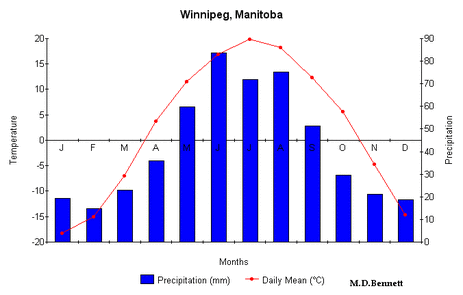The climate of the plains is a vast tapestry woven from threads of sun, wind, and rain, creating a landscape that is as dynamic as it is captivating. Open spaces stretch limitlessly, inviting contemplation and exploration, yet it is the variable weather that injects a tantalizing unpredictability into this seemingly tranquil tableau. As one gazes across the sweeping vistas, it becomes evident that this expanse is both an arena for the elements and a sanctuary for flora and fauna, each playing its part in the symbiotic dance of life.
In the broader context, the plains—often characterized by their flat or gently rolling terrain—inhabit various regions across the globe. Whether one finds oneself in the American Great Plains, the Pampas of South America, or the steppes of Eurasia, the characteristics of their climates share essential commonalities. These areas focus on a continental climate, one which oscillates between the extremes of balmy summers and frigid winters, fostering a unique ecosystem.
Typically, the climate of the plains is influenced by continentality, a phenomenon where the proximity to large bodies of water diminishes, allowing temperature extremes to assert themselves. In essence, heat and cold vie for dominance, leading to scorching summers, wherein the sun bathes the ground in warmth, causing the grasslands to shimmer like emerald seas under a radiant sky.
During these temperate months, convective clouds might swell in the afternoon, producing sudden thunderstorms; nature’s own fireworks drenching the parched earth and rejuvenating the vegetation. This abrupt but essential precipitation plays a crucial role in the ecological balance, providing necessary moisture to perennial grasses and resilient wildflowers. Yet, as swiftly as these storms appear, they can dissipate, leaving behind a crystalline blue sky.
One cannot overlook the zephyrs that wander through these plains. The winds, oftentimes gentle but occasionally fierce, are metaphorical whisperers of change, crafting the landscape and influencing microclimates. As they traverse vast distances, they gather moisture and warmth, causing fluctuations in temperature and humidity levels. When the winds howl, they can transform the atmosphere into a tumultuous dance of dust and debris, illustrating nature’s might.
Winter brings its own character to the plains, draping the land in a cloak of snow that silences the vibrant tapestry beneath. Characteristically, temperatures can plummet, with the polar air masses casting a chilling embrace over the landscape. However, amidst this harshness lies beauty; the stillness of snow-covered fields invites a stark, haunting quietude, broken only by the crunch of footsteps or the calls of winter birds migrating southward to seek milder climates.
Spring is a resurrection, enlivening the landscape, as days grow longer and warmth begins to seep into the ground. It is within this season that wildflowers blossom hues of violet, yellow, and red, dotting the sea of green with brilliant colors. Farmers prepare the fields, readying them for crops that will thrive in the temperate bounty of summer sun. This time is marked by the emergence of life, a renewing force that symbolizes hope and possibility.
Yet, the plains are not without their adversities. Drought can strike swiftly and with little warning, as dry spells extend and soils crack. The delicate balance relies heavily on the consistency of rainfall, an aspect that remains uncertain as climate change continuously reshapes weather patterns. Farmers find themselves in a precarious position, their livelihoods intertwined with the whims of nature. This uncertainty leads to both an urgency for adaptation and innovation, forging new pathways to resilience.
Moreover, the implications of climate change are writ large across the plains, as erratic weather patterns become more pronounced. Temperature ranges become extreme, leading to hot spells out of harmony with historic averages, while precipitation becomes a double-edged sword—some areas suffer under a deluge, while others experience parching drought. This speaks to a larger narrative of humanity’s relationship with the environment, underscoring the need for stewardship and foresight in the management of natural resources.
In conversations surrounding conservation, the climate of the plains demands attention. Communities are beginning to understand that these ecosystems, rich in biodiversity, are not just landscapes to behold, but crucial components of the Earth’s climatic fabric. Efforts to protect grasslands, promote sustainable agricultural practices, and preserve migratory pathways for wildlife are paramount to ensuring the beauty and functionality of these regions endure.
Furthermore, the cultural significance of the plains can’t be overlooked. The stories interwoven into the fabric of these landscapes echo ancestral connections to the land, nurturing spiritual ties. These narratives embody the resilience of communities that have thrived in concert with the rhythm of the seasons, revealing the depth of human experience tethered to the environmental canvas of the plains.
In closing, the climate of the plains is a profound interplay of elements, encapsulating both the serene and the tumultuous. Within its vast expanse lies a treasure trove of biodiversity, economic sustenance, and cultural heritage. As we grapple with the challenges presented by climate change, it becomes increasingly clear that the plains—those open spaces marked by variable weather—are not just geographical locales, but vital ecosystems worthy of our respect and protection. In embracing this perspective, we can pave the way for more sustainable futures and honor the intricate connections that bind humanity to the landscapes we call home.








